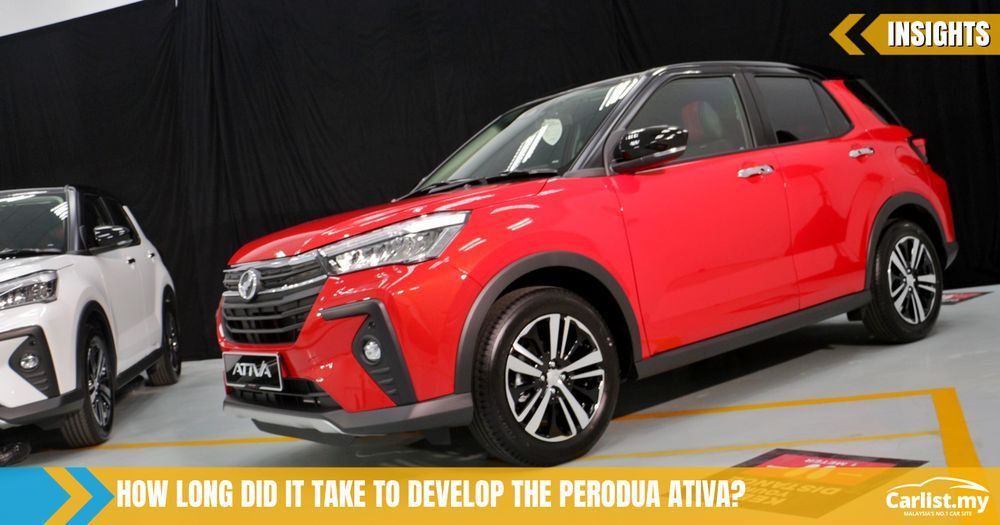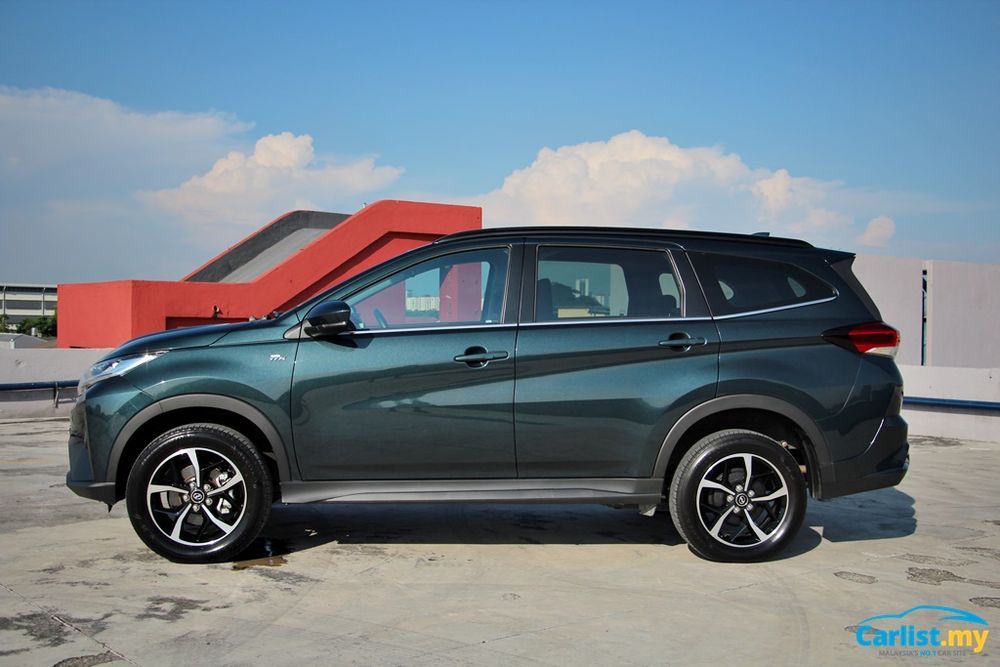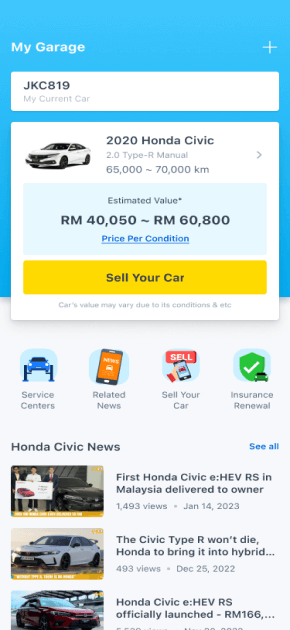
It’s safe to say that last week’s news cycle was dominated by one car – the Perodua Ativa. Perodua’s B-Segment SUV has now officially hit the ground running, and it’s safe to say, it’s going to be a big hit with the car buying market. A lot of the Ativa’s good traits – its modern design, practical interior, and new 1.0-litre turbo engine have much to do with the foundation of the car itself, its DNGA modular platform.
A burning question I had was, did having the all-new platform mean Perodua was able to develop the Ativa much faster than say the Perodua Myvi? At a recent media preview of the new model (just before the launch), we got our questions answered by both the management and engineering teams from Perodua.
Was it faster to develop to the Ativa than other models?

Well, simply put, yes and no. First, we have to understand the differences between the three models because they’re all slightly different. In the case of the Myvi, Perodua conducted much of the design work in-house, alongside it they developed a heavily updated platform from the base of the second-generation model, from there they adapted an updated engine and added all the technology features such as the car’s ASA 2.0 safety suite. In many ways, it was almost a ground-up redesign and a sublime one at that.

The Perodua Aruz on the other hand shares its underpinnings with the Daihatsu Terios and Toyota Rush – now while Toyota owns Daihatsu, the latter company conducts most of the design and development work, and shares it back with Toyota depending on markets, and Daihatsu takes the lead in many developing markets such as Indonesia and Thailand. Given Perodua’s ties to Daihatsu, they also had access to the ladder-frame chassis from Daihatsu. So while Perodua may not have been involved heavily in the initial development of the Terios/Rush/Aruz platform, they were still able to adapt the design, technology, and chassis for Malaysian customers later on. However, they would have limited freedom with regard to the overall design and chassis development. With that said, Perodua builds both the Aruz and Rush at their plant in Rawang, with engines and transmissions supplied by their factory in Sendayan, Negeri Sembilan.
The Ativa on the other hand is the best of both worlds – whereby Perodua did not have to start from scratch with the platform development since much of its initial development was borne by Daihatsu. However, by being involved with the Ativa’s design and development process from a much earlier stage, they were able to influence the overall look, feel, and construction of the finished product. Therefore, this quickened the process for Perodua in terms of getting to a finished vehicle that they could homologate and sell.
How long did Perodua take to develop the Ativa?

The short answer is roughly three years, which according to Perodua is faster than it took with the Myvi. Through the Perodua Smart Build framework – Perodua was able to export their talent overseas, so they could deliver back a product that Malaysians would want to buy. It is understood that there was 50 active engineering personnel from Perodua stationed in Japan during the development of the Ativa/Rocky.
This allowed more precise and time effective development as engineers design features and components from the outset to appeal to Malaysian buyers, and not have to re-engineer parts of the car later on – such as was more prevalent in the Aruz.

Also, with a team actively involved with the development sending data back to Malaysia, they were also able to accelerate the localisation of parts through their own vendor networks, as well as speed up its efforts to adapt its factory and vendor operations with the requisite new manufacturing, process, production protocols and technologies required to make the Ativa. Note, the local production content of the Ativa is approximately 95 percent – the highest of any Perodua ever.
It costs RM1.2 billion to develop the Ativa, where did the money go?
Well, definitely more than just redesigning the bumpers and changing the badges, obviously.
Perodua admits that while the development of the Ativa itself was faster than normal, the time it took to build their localisation programs - which was considerably longer - brought the overall timeline to that of developing its previous models, however, the exercise of upskilling of its workforce and vendor competencies means they may serve a larger role in all future products, not just the Ativa.
Additionally, this also means they are not making parts and components only for locally sold cars, Perodua and its vendors are positioned to provided turnkey services to a global market from right here in Malaysia.
查看最佳汽车优惠!
相关文章

Perodua Ativa Receives Full 5 Star ASEAN NCAP Rating
所有资讯
Built Not Bought: Perodua Invested 1.2 Billion Ringgit To Build The Perodua Ativa
汽车专题
Perodua Ativa Available Immediately From Launch - No Waiting 6 Months!
汽车专题
















